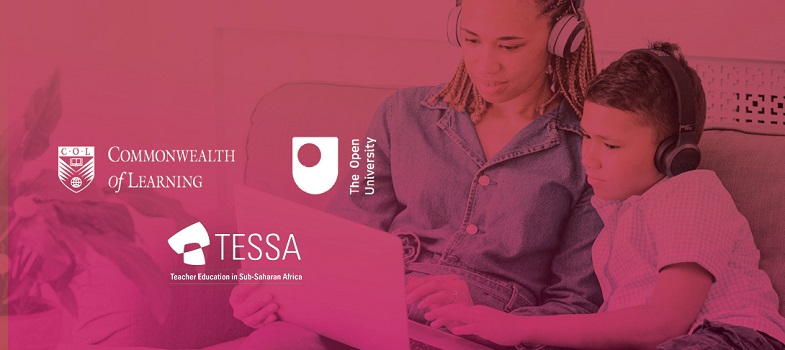As we are reminded in this course that responding to the learner's need(Child) with or without disability will make them feel more included in the learning process and also will encourage positive behaviour amongst the learners
I believe and still strongly support explaining your routine in classroom from day one. Repeating classroom routine and classroom set of good behaviour is important on a daily bases is very important. As a primary school teacher for more than 20 years it is and is still vital. It is important to explain clearly to your children what they mean and have time to explain to the learners whom need more time to understand.
I strongly believe the usage of positive language in the classroom ,positive praises and feedbacks during the class at all times is vital. We all know children learn from each other.
Now I am an Inclusive Education Officer assisting children in the main classroom with low Reading ability in the English language - at one school I have like 87 students to teach and learn with them.
I have identified their needs. I still Have to explain our routine everyday with the various activities they are to be engaged in.
I consistently remind my 87 students the sharing and helping of each in their small groups. I remind them at all times the use of polite words and talking nicely and asking nicely amongst each other. At times when a spot a learner miss behaving like holding all the flash cards or too bossy ,I intervene with a soft tone and ask him/her why she is doing this behaviour. I listen and remind him/her what did I remind you all before we started our activities.
Each day in my visits I change these groups after 2 days so the children learn to engage with others whom have similar learning difficulties and assign a peer buddy to move around with a learner I know that needs extra explaining .
My routines are simple and always try to be calm by using very simple Language to help my learners understand and enjoy their learning and help them feel they can do it and display respect for each other at all times. Teaching 87 students is a huge number but when you set your routine and usage of Positive Language in your feedbacks and correcting a misbehaviour fosters happiness in a Learner-still feels belonging and included
